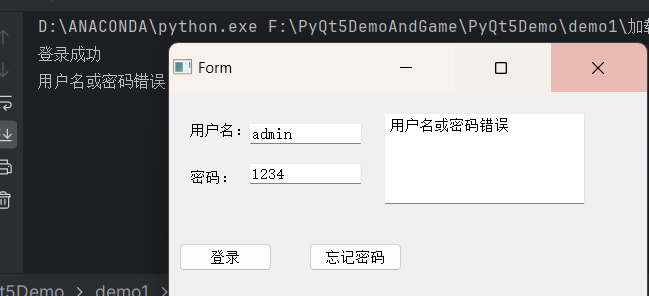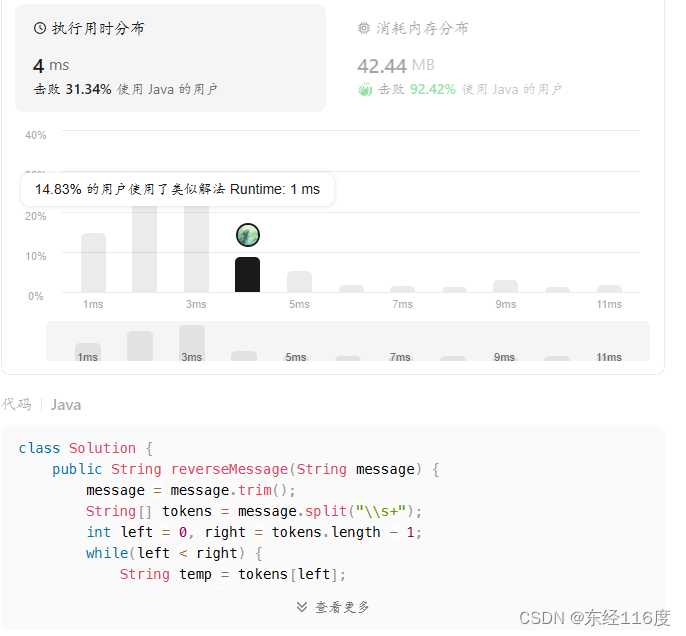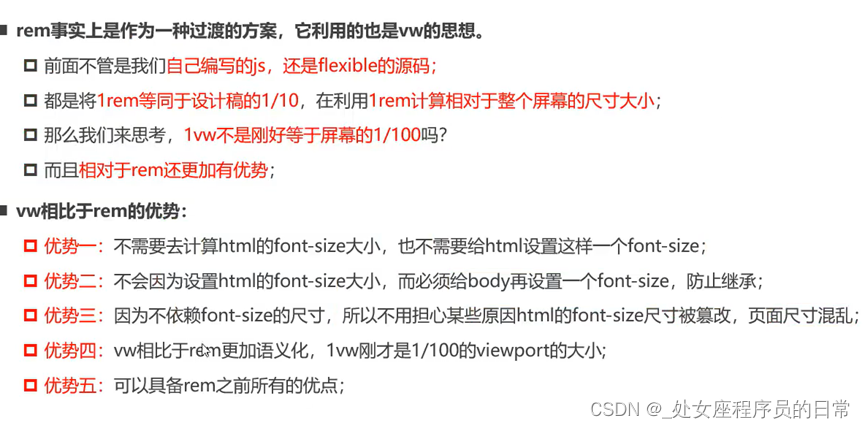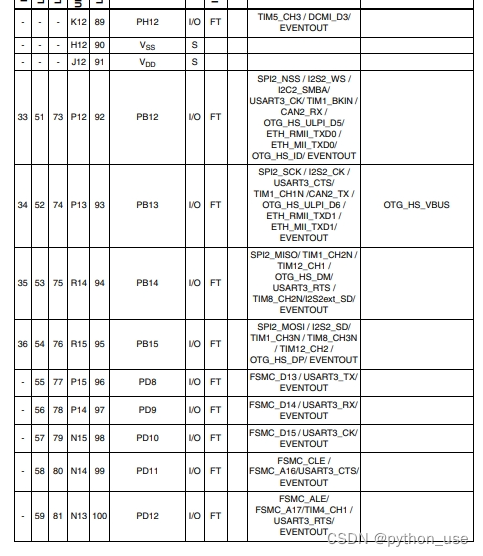pytorch 转 onnx 模型需要函数 torch.onnx.export。
def export(
model: Union[torch.nn.Module, torch.jit.ScriptModule, torch.jit.ScriptFunction],
args: Union[Tuple[Any, ...], torch.Tensor],
f: Union[str, io.BytesIO],
export_params: bool = True,
verbose: bool = False,
training: _C_onnx.TrainingMode = _C_onnx.TrainingMode.EVAL,
input_names: Optional[Sequence[str]] = None,
output_names: Optional[Sequence[str]] = None,
operator_export_type: _C_onnx.OperatorExportTypes = _C_onnx.OperatorExportTypes.ONNX,
opset_version: Optional[int] = None,
do_constant_folding: bool = True,
dynamic_axes: Optional[
Union[Mapping[str, Mapping[int, str]], Mapping[str, Sequence[int]]]
] = None,
keep_initializers_as_inputs: Optional[bool] = None,
custom_opsets: Optional[Mapping[str, int]] = None,
export_modules_as_functions: Union[bool, Collection[Type[torch.nn.Module]]] = False,
) -> None:
常用参数说明
model——需要导出的pytorch模型
args——模型的输入参数,满足输入层的shape正确即可。
f——输出的onnx模型的位置。例如‘yolov5.onnx’。
export_params——输出模型是否可训练。default=True,表示导出trained model,否则untrained。
verbose——是否打印模型转换信息。default=False。
input_names——输入节点名称。default=None。
output_names——输出节点名称。default=None。
opset_version——算子指令集合
do_constant_folding——是否使用常量折叠,默认即可。default=True。
dynamic_axes——模型的输入输出有时是可变的,如Rnn,或者输出图像的batch可变,可通过该参数设置。如输入层的shape为(b,3,h,w),batch,height,width是可变的,但是chancel是固定三通道
参数说明
ONNX算子文档
ONNX 算子的定义情况,都可以在官方的算子文档中查看
这份文档中最重要的开头的这个算子变更表格。表格的第一列是算子名,第二列是该算子发生变动的算子集版本号,也就是我们之前在torch.onnx.export中提到的opset_version表示的算子集版本号。通过查看算子第一次发生变动的版本号,我们可以知道某个算子是从哪个版本开始支持的;通过查看某算子小于等于opset_version的第一个改动记录,我们可以知道当前算子集版本中该算子的定义规则。
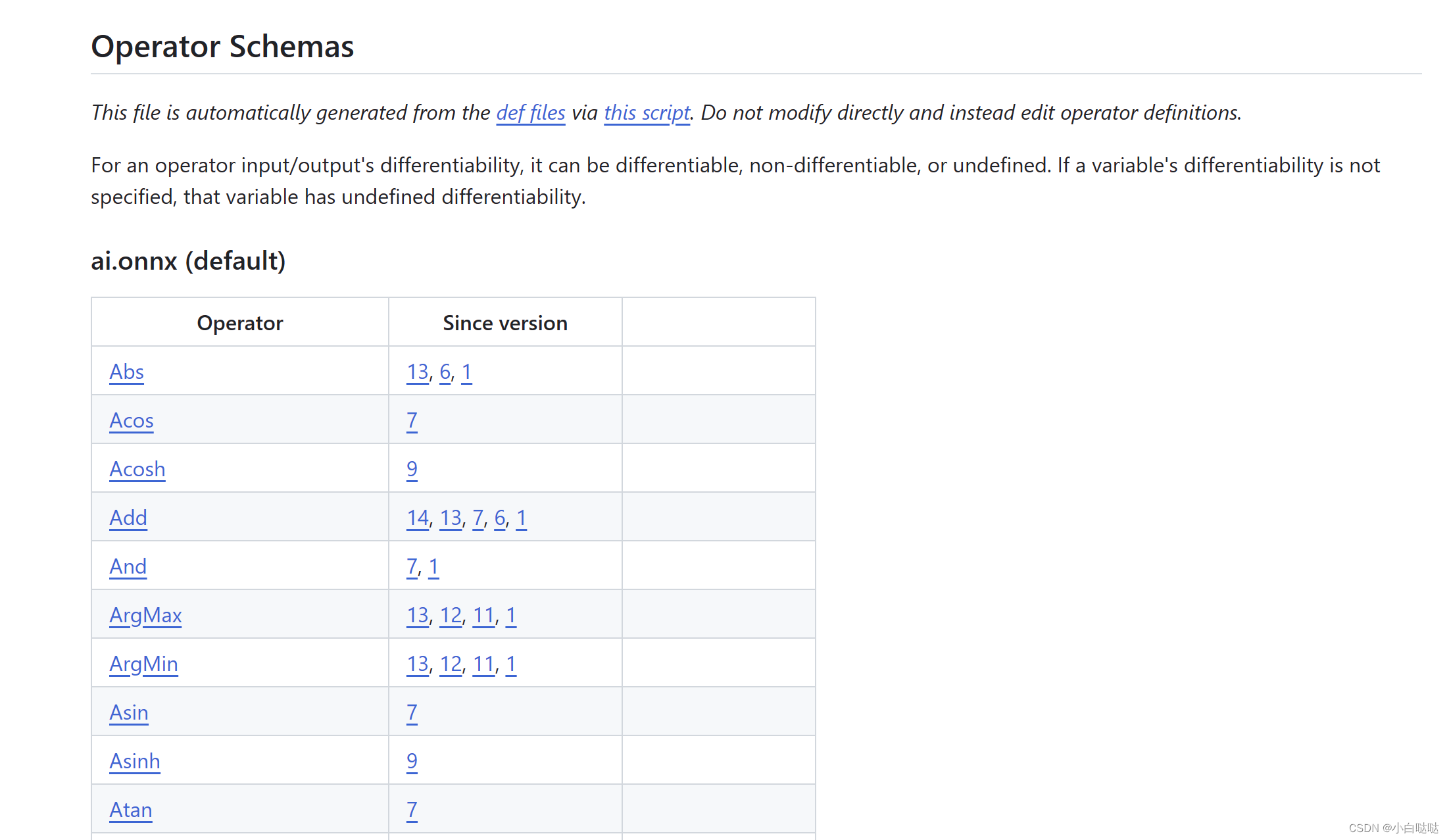
练习
import torch
import torch.nn as nn
import torch.onnx
class Model(torch.nn.Module):
def __init__(self, in_features, out_features, weights, bias=False):
super().__init__()
self.linear = nn.Linear(in_features, out_features, bias)
with torch.no_grad():
self.linear.weight.copy_(weights)
def forward(self, x):
x = self.linear(x)
return x
def infer():
in_features = torch.tensor([1, 2, 3, 4], dtype=torch.float32)
weights = torch.tensor([
[1, 2, 3, 4],
[2, 3, 4, 5],
[3, 4, 5, 6]
],dtype=torch.float32)
model = Model(4, 3, weights)
x = model(in_features)
print("result is: ", x)
def export_onnx():
input = torch.zeros(1, 1, 1, 4)
weights = torch.tensor([
[1, 2, 3, 4],
[2, 3, 4, 5],
[3, 4, 5, 6]
],dtype=torch.float32)
model = Model(4, 3, weights)
model.eval() #添加eval防止权重继续更新
# pytorch导出onnx的方式,参数有很多,也可以支持动态size
# 我们先做一些最基本的导出,从netron学习一下导出的onnx都有那些东西
torch.onnx.export(
model = model,
args = (input,),
f = "../models/example.onnx",
input_names = ["input0"],
output_names = ["output0"],
opset_version = 12)
print("Finished onnx export")
if __name__ == "__main__":
infer()
export_onnx()
然后使用netron打开onnx文件,如果没有安装netron,在终端使用pip install netron。
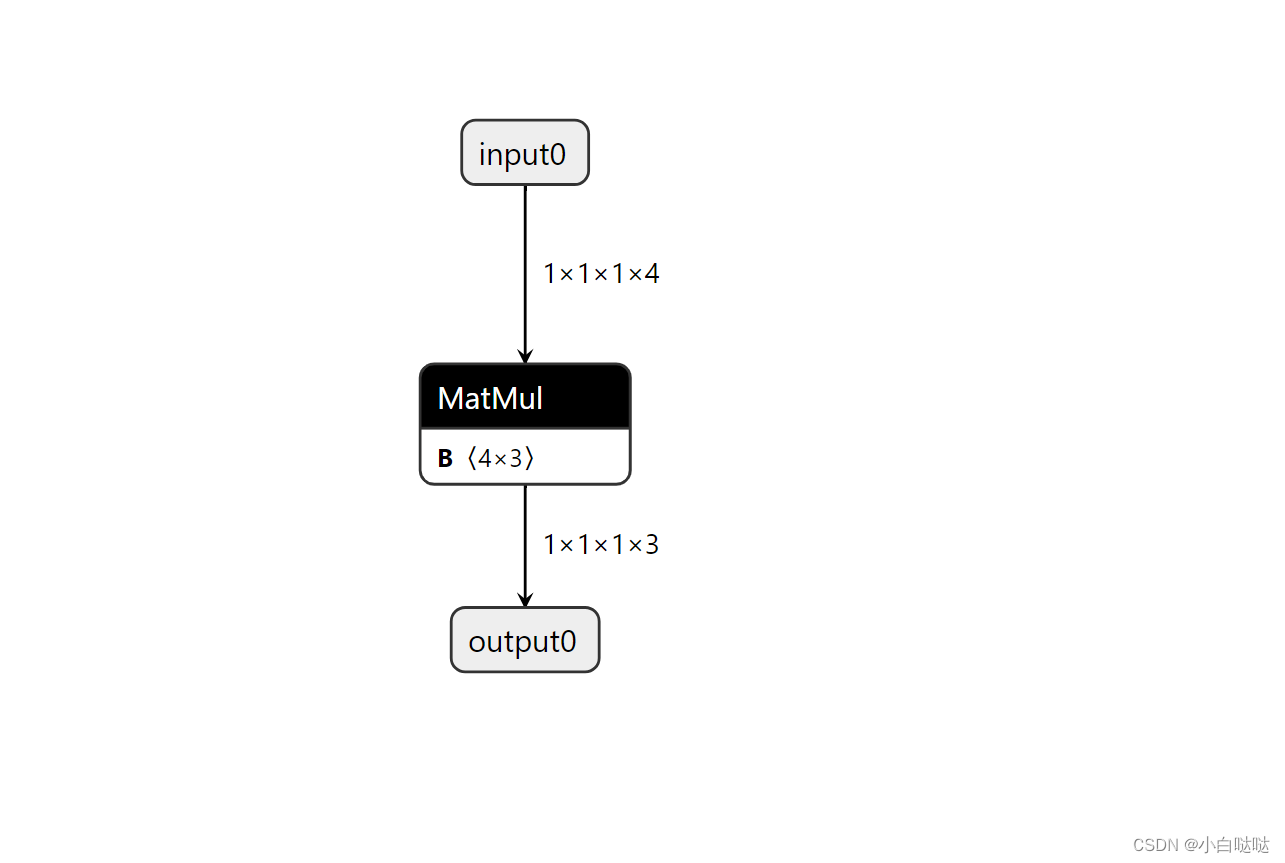
参考链接
模型部署入门教程(三):PyTorch 转 ONNX 详解


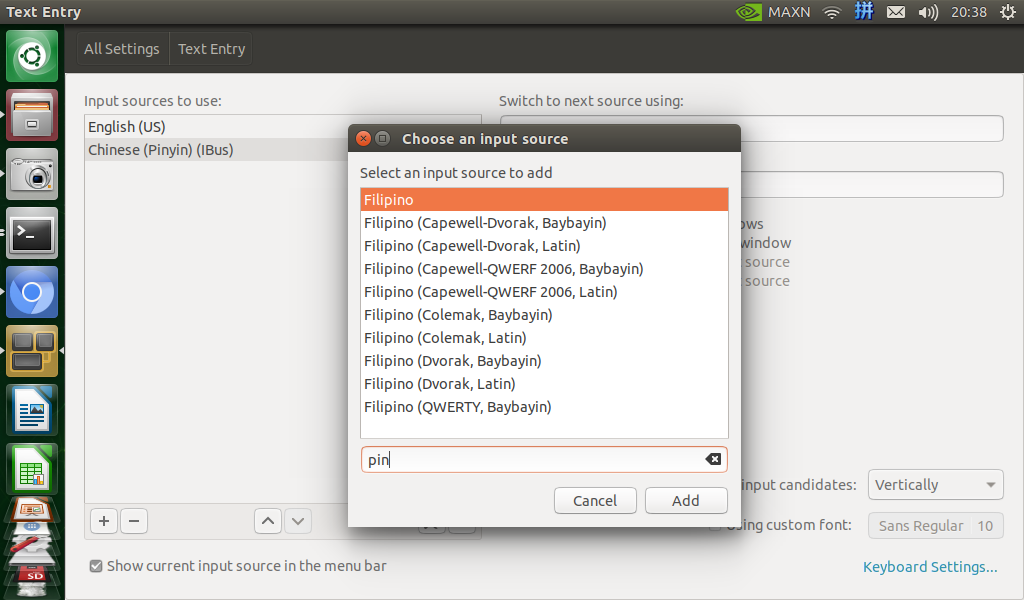
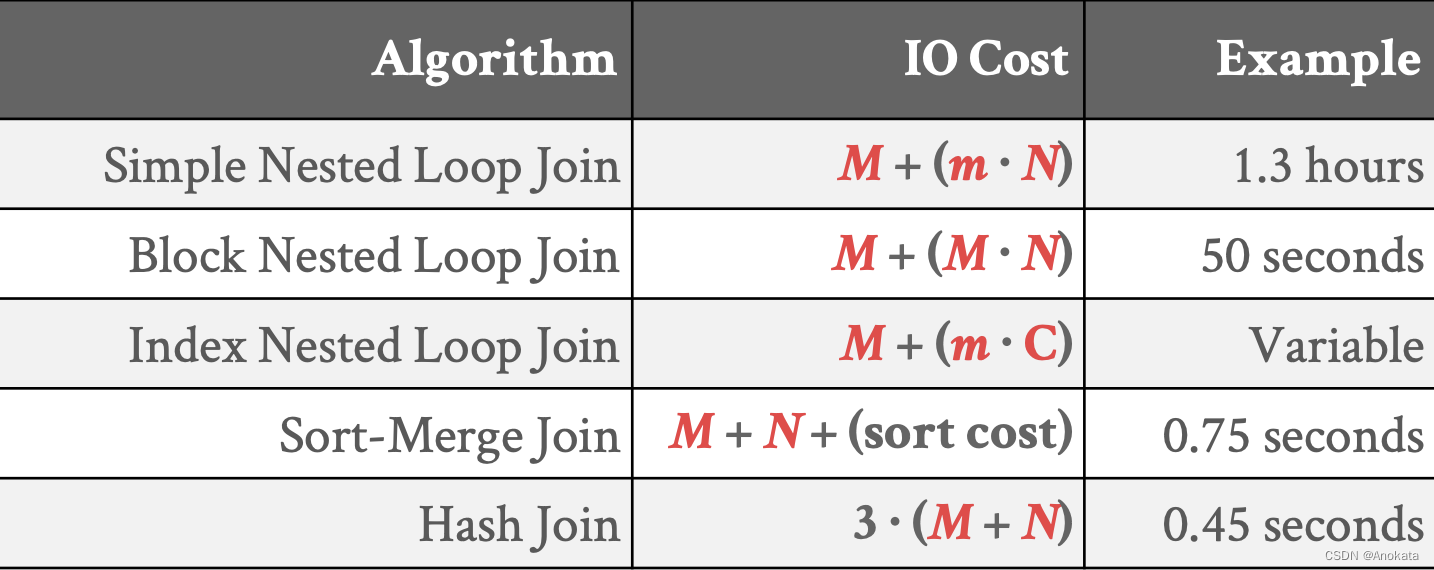



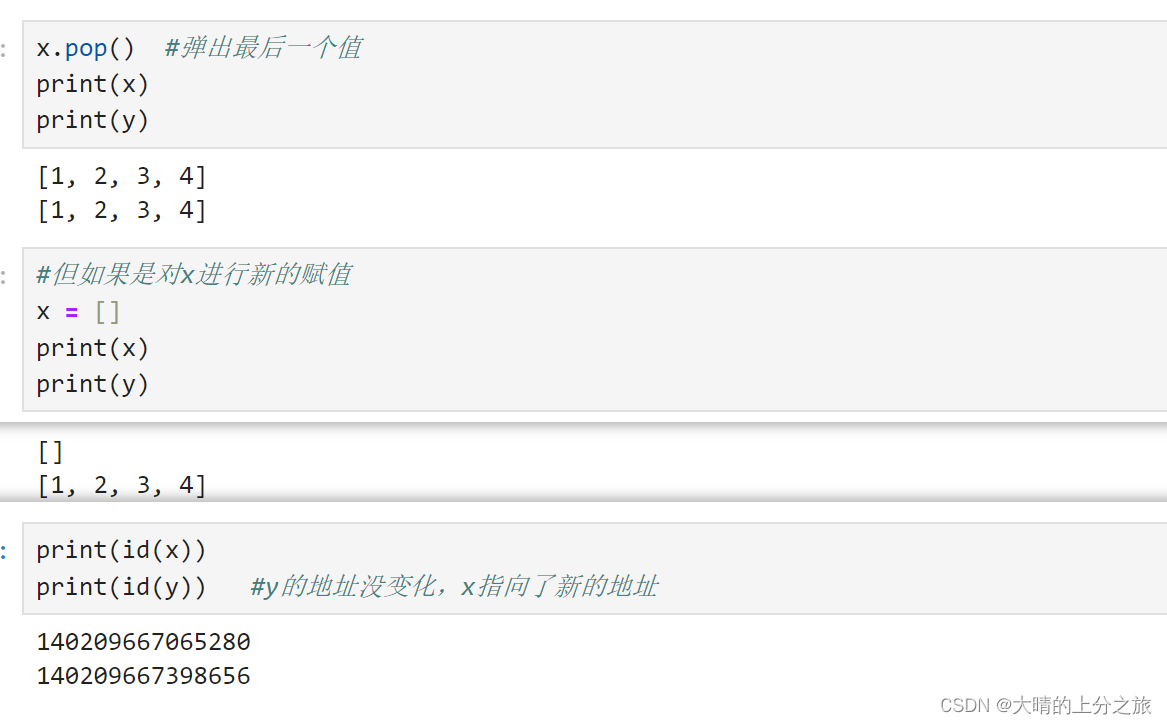
![[AIGC] Spring Interceptor 拦截器详解](https://img-blog.csdnimg.cn/direct/17ec0bc466784391af107b913d1e91e6.png)
